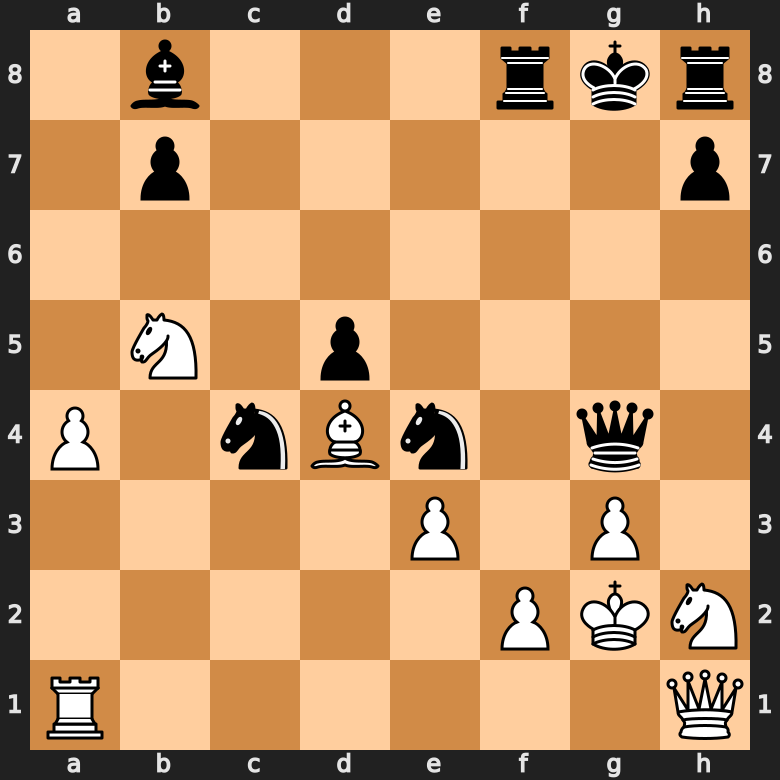Half-Open Files in Chess: Everything You Need To Know
Half-open files (or sometimes called semi-open files) are files on which a single pawn is placed. They can quickly turn into a weakness for the site whose pawns are placed on them. So let’s look at what exactly a half-open file is and how to avoid those weaknesses.
What are Half-Open Files in Chess?
Just to quickly catch you up on the basics: A file is a column on the chess board. Columns (or files) run vertically along the chess board, while rows (or ranks) run horizontally. Files are usually referred to with their specific letter in algebraic notation; for example a-file or g-file.
So, what exactly are half-open files?
Half-open files are files on which only pawns of one color are placed. To illustrate, have a look at this diagram:

As you might have guessed, we have two half-open-files in this diagram. Both the d-file and e-file only have one pawn placed on them, making them semi-open.
Why Can Half-Open Files Be Weak?
Okay, now we know what semi-open files are, but why exactly is it important to know about them?
Half-open files can be a significant weakness in a chess position, usually for the player whose pawn is placed on them.
Often, the pawns placed on half-open files become prime targets for the opponents long-range pieces such as the rook or queen. We can see a good example of this in the following position.
Half-Open Files in Popular Games: Example
Can you spot the half-open file in this example?

Okay, to be fair: there are only half-open files (and, of course, open files) in this position. Black’s rook is eying down the f-file and specifically the unprotected f2-pawn. After Black captures on f2, White can no longer prevent a forced checkmate.
Had there been a Black pawn on the f-file, its rook would’ve been cut off from the action and unable to attack deep into White’s position. So, this clearly demonstrates the importance of half-open files when attacking (and defending!)
This position arose in a 1997 game between Loek van Wely and the famous Judit Polgár in Hoogeveen.

